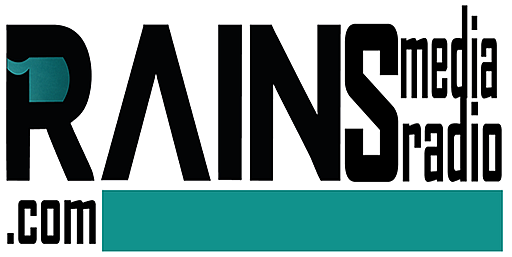Ade never paid much attention to government policies. As an accountant at a federal agency, he had grown accustomed to using REMITA, the payment platform that had been in place for over a decade. It was a familiar system, one that had its flaws but had served its purpose. When news broke that REMITA would be phased out in favor of a new platform called the Treasury Management & Revenue Assurance System (TMRAS), he felt a twinge of unease. Change, especially in the bureaucratic world of government finance, was rarely smooth.
The directive was clear: TMRAS would go live on March 4, 2025, for naira transactions, and by June, it would fully integrate foreign exchange transactions and Enterprise Resource Planning (ERP) systems. Ade and his colleagues had just a few months to adapt to a new system that promised enhanced efficiency, increased transparency, and greater accountability.
Sitting in a mandatory training session on TMRAS, Ade listened as the instructor detailed its automatic deduction of internally generated revenue (IGR), the improved reporting features, and the integration with payment service providers approved by the Central Bank of Nigeria. The government’s goal was clear: streamline revenue collection and ensure that every naira was accounted for.
But as Ade explored the new system, he realized that the transition would not be without its challenges. The shift from REMITA to TMRAS required retraining staff, updating financial procedures, and dealing with potential resistance from agencies reluctant to abandon the familiar. His department had already encountered technical hitches, and some of his colleagues were struggling with the new interface.
The transition period gave them a brief window to operate both REMITA and TMRAS side by side until May 4, 2025, after which all payments would have to be processed through TMRAS. For investors in REMITA, the change signified uncertainty—potential losses, business model adjustments, and the search for new opportunities.
Beyond the technical aspects, the new platform carried economic and sociopolitical implications. The Nigerian government’s push for TMRAS was not just about efficiency; it was a strategic move to curb corruption and enhance financial oversight. By minimizing human intervention in revenue collection and increasing real-time monitoring, TMRAS aimed to close loopholes that had been exploited for years.
Yet, concerns loomed over the government’s procurement process. Was the selection of TMRAS free from favoritism? Would it truly serve the people better? Ade had heard murmurs of skepticism—accusations that government contracts often lacked transparency, favored certain vendors, and limited fair competition. These were issues that had plagued Nigeria’s financial system for years, and some feared that merely changing platforms would not fix systemic problems.
As the weeks passed, Ade found himself adjusting to TMRAS. He appreciated its efficiency, how it automatically deducted and remitted taxes, and how it provided clearer insights into financial flows. While challenges remained, he saw the potential. If properly managed, this new platform could indeed transform Nigeria’s revenue system for the better.
Still, Ade knew that the success of TMRAS depended on more than just its technical capabilities. It required a commitment from government officials to uphold transparency, from businesses to adapt, and from people like him to ensure its proper implementation. Change was never easy, but if done right, this could mark the beginning of a more accountable and financially stable Nigeria.


